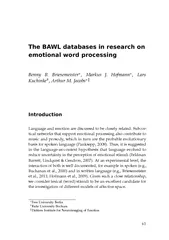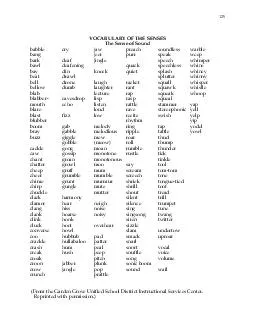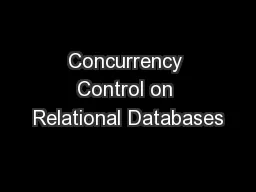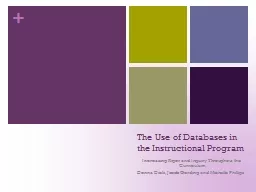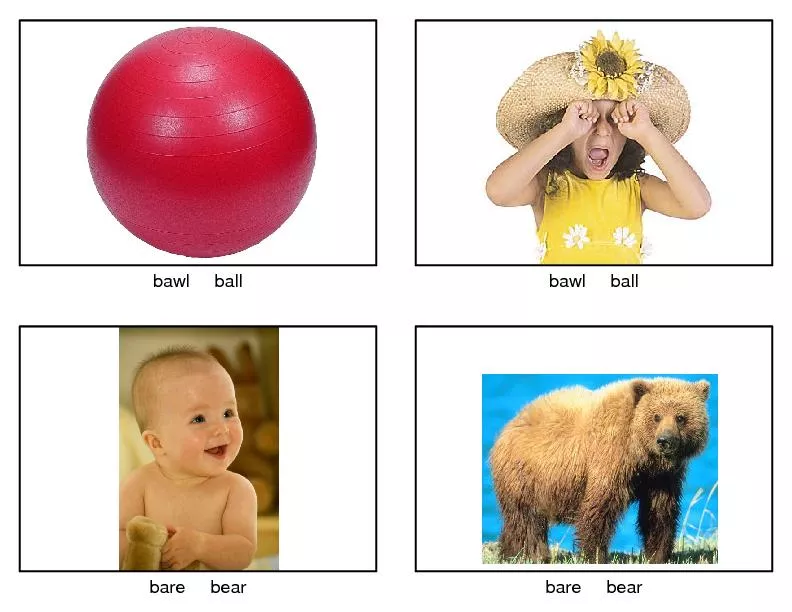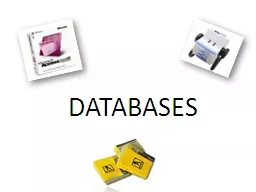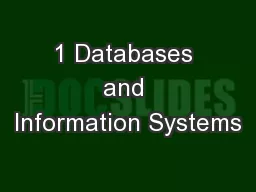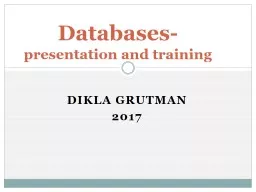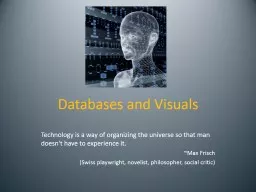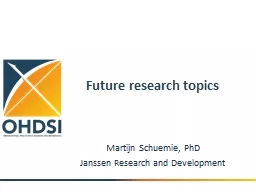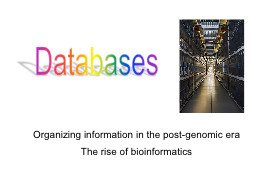PDF-The BAWL databases in research on emotional word proce
Author : tatiana-dople | Published Date : 2015-04-19
Briesemeister Markus J Hofmann Lars Kuchinke Arthur M Jacobs Introduction Language and emotion are discussed to be closely related Subcor tical networks that support
Presentation Embed Code
Download Presentation
Download Presentation The PPT/PDF document "The BAWL databases in research on emotio..." is the property of its rightful owner. Permission is granted to download and print the materials on this website for personal, non-commercial use only, and to display it on your personal computer provided you do not modify the materials and that you retain all copyright notices contained in the materials. By downloading content from our website, you accept the terms of this agreement.
The BAWL databases in research on emotional word proce: Transcript
Download Rules Of Document
"The BAWL databases in research on emotional word proce"The content belongs to its owner. You may download and print it for personal use, without modification, and keep all copyright notices. By downloading, you agree to these terms.
Related Documents

